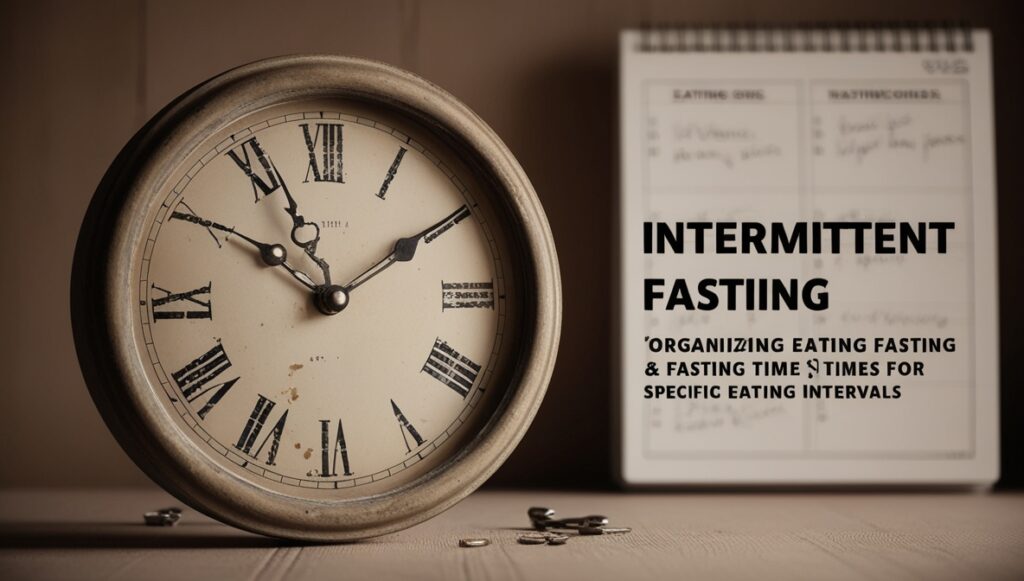Intermittent fasting has become a popular dietary method for those seeking better health and weight control. It alternates between periods of fasting and eating, offering benefits such as improved metabolism and body composition. Here, you’ll find a comprehensive and easy-to-understand guide on the topic.
what is intermittent fasting?
Intermittent fasting organizes eating and fasting times, focusing on specific intervals. Unlike diets that control what you eat, it focuses on when you eat. During fasting, the body uses fat reserves as an energy source, promoting a more efficient metabolic state.
main methods of intermittent fasting
16/8
This involves fasting for 16 hours and eating within an 8-hour window. It’s one of the most common and adaptable methods.
5:2
In this method, you eat normally for five days a week. On the other two days, calorie intake is significantly reduced, typically to around 500-600 kcal.
alternate-day fasting
This alternates between a day of regular eating and a day of severe or total calorie restriction.
OMAD (one meal a day)
Involves consuming only one meal per day. This stricter approach requires extra care to avoid nutritional deficiencies.
benefits of intermittent fasting
improved metabolism
Fasting reduces insulin and blood glucose levels, enhancing fat burning and potentially helping to prevent type 2 diabetes.
weight management
Encourages the body to use stored fat as energy. Combining fasting with a balanced diet can support weight loss.
reduced inflammation
Studies suggest fasting lowers inflammatory markers, aiding in the prevention of chronic diseases.
enhanced brain health
Fasting boosts the production of brain-derived neurotrophic factor (BDNF), which may protect against neurodegenerative conditions like Alzheimer’s.
how to apply intermittent fasting safely
start gradually
Increasing fasting periods gradually helps the body adapt. A good starting point is the 12/12 method (12 hours of fasting and 12 hours of eating).
prioritize nutritious foods
Include lean proteins, vegetables, and healthy fats during eating periods to ensure proper nutrition and prolonged satiety.
stay hydrated
Drinking water is crucial during fasting. Black coffee or tea without sugar are also allowed and help curb hunger.
challenges and key precautions
avoid overeating
Ending a fast can lead to overeating. Planning meals ahead helps maintain balance.
listen to your body
Adjust methods or seek professional advice if experiencing dizziness, weakness, or irritability.
contraindications
Pregnant or breastfeeding women, children, and those with a history of eating disorders should avoid intermittent fasting.
frequently asked questions about intermittent fasting
does intermittent fasting help with weight loss?
Yes, it promotes fat burning, but results depend on pairing it with a balanced diet.
can I drink liquids during fasting?
Yes, water, black coffee, and tea are allowed. Caloric beverages break the fast.
what’s the best method for beginners?
The 16/8 method is recommended as it balances fasting and eating periods effectively.
is it safe to practice intermittent fasting daily?
For many, yes. However, paying attention to your body’s signals is essential to avoid imbalances.
can I exercise during fasting?
Yes, especially light exercises. For intense workouts, performance may decrease without prior eating.

